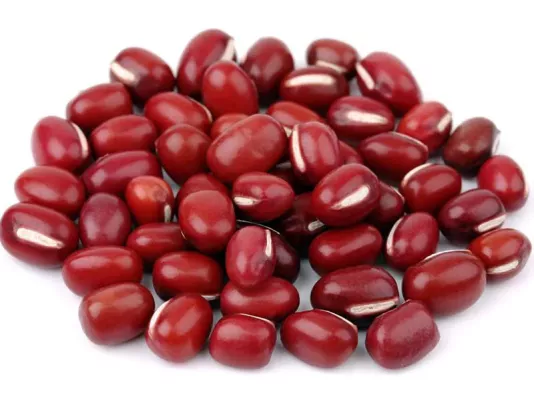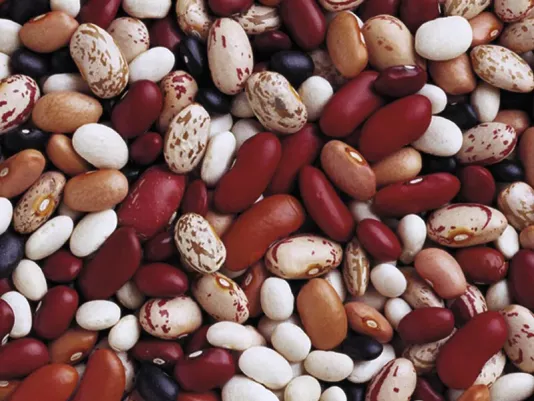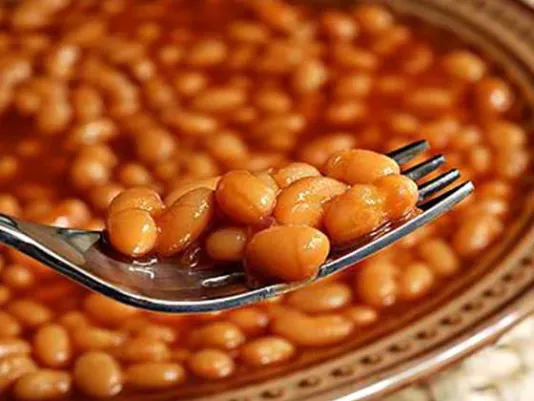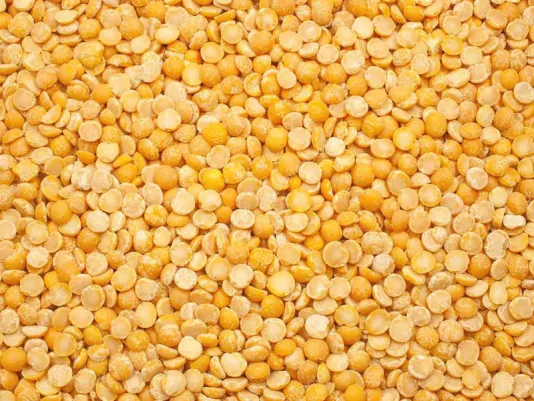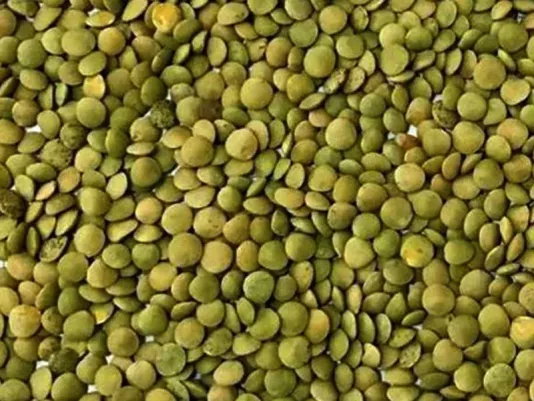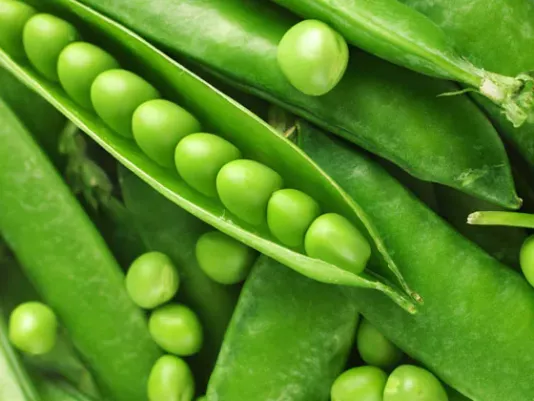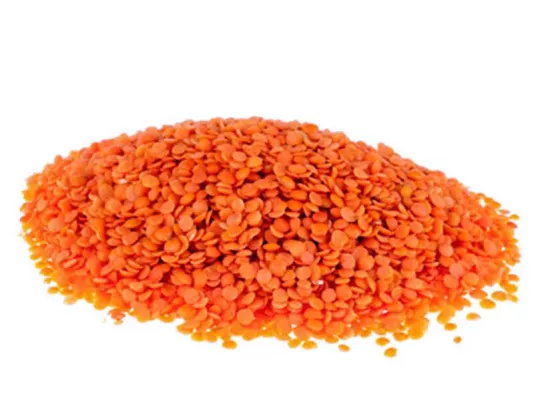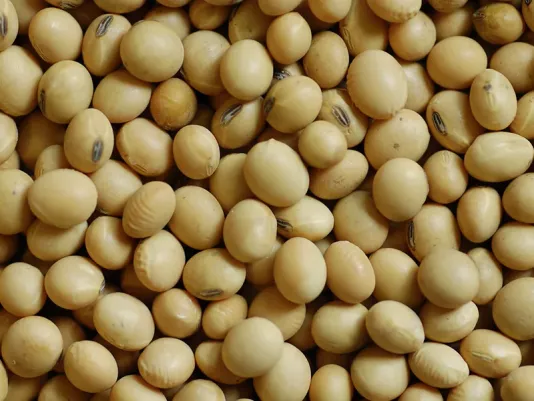Legumes
Legumes are indispensable for me in cooking because they make it possible to prepare nutritious and at the same time very tasty dishes. I use beans, lentils, chickpeas, peas, and other types of legumes in my menu, and each of them has its own unique properties. They are rich in protein, fiber, and minerals, so for me they are a great alternative to meat in many recipes. I like that legumes can be used to cook almost anything: from simple soups and side dishes to complex Mediterranean or Asian dishes. I love that they combine perfectly with vegetables, spices, herbs, and even fruits, creating interesting flavor accents. I always soak legumes before cooking so that they cook faster and become softer, as this helps reveal their natural taste. For me, legumes are an ingredient that allows me to create hearty, healthy, and diverse meals for the whole family.
Different Types of Legumes
Beans in My Dishes
Beans have always been one of my favorite legume crops because you can make countless different dishes from them. I use white beans for soups and stews because they give dishes a delicate texture and make them more nutritious. Red beans are indispensable for me in salads and side dishes: they have a richer taste and go well with vegetables, herbs, and spices. I often cook Mexican-style dishes with beans, where they become the main ingredient along with tomatoes and corn. Canned beans are a real lifesaver for me when there is no time for long cooking: they can be quickly added to a salad or sauce. But most of all, I love cooking dried beans because then I know exactly their taste and quality. I always soak them for several hours or overnight so that they become softer and cook faster. I often add beans to vegetable stews or serve them as a side dish with herbs and olive oil. They are always hearty and healthy, as they contain a lot of protein and fiber. For me, beans are a product that combines simplicity and versatility, as they can be used both in everyday meals and in festive dishes.
Lentils as a Quick and Healthy Option
Lentils became a real discovery for me thanks to their simplicity in cooking and high nutritional value. Unlike many other legumes, they do not need long soaking, and this is very convenient when I want to quickly prepare lunch or dinner. Green lentils are suitable for salads and side dishes because they keep their shape after boiling and have a delicate nutty flavor. I use red lentils in soups and cream soups: they cook quickly, creating a smooth texture that children especially like. Yellow lentils are interesting for me because they combine well with spices and vegetables, forming hearty and aromatic dishes that resemble Eastern cuisine. I love adding lentils to stews, cutlets, or even baked goods to make the dish more nutritious. For me, they have become a great alternative to meat, as they contain a lot of protein, iron, and fiber. When I cook dishes with lentils, I always experiment with seasonings: turmeric, cumin, garlic, or bay leaf reveal their flavor in new ways. I have found that lentils can be the basis for dozens of different dishes – from simple everyday soups to festive side dishes. They help diversify the menu and always come in handy when you need to prepare something quick, healthy, and tasty.
Chickpeas in Traditional and Modern Recipes
Chickpeas are a universal ingredient for me, perfectly suited both for traditional dishes and for modern experiments. I love making hummus from them: I blend boiled chickpeas with tahini, lemon juice, and garlic, and it turns into a tender paste that works both as an appetizer and as a side dish. Falafel made from chickpeas also holds a special place in my kitchen: fragrant balls with spices are always loved by my family. Chickpeas go perfectly with vegetables, so I often add them to salads, especially in summer, when you want something light but filling. In soups, they add richness and make the dish more nutritious. I also like to use chickpeas in modern recipes – for example, in baking, where chickpea flour adds new texture and flavor. I always soak chickpeas overnight so that they become softer and cook faster. Their delicate nutty taste allows me to experiment with different spices: paprika, cumin, turmeric, or rosemary. For me, chickpeas are a product that can be easily integrated into any menu, as they are both healthy and versatile. Thanks to them, I can cook both classic dishes known worldwide and my own culinary variations, which always turn out tasty and nutritious.
Peas in Different Dishes
Peas have always been a symbol of home cooking for me, because it is with them that I make the simplest and at the same time the most filling dishes. I often use split peas for soups: they cook quickly and create a thick, aromatic base that I like to combine with carrots, onions, and herbs. Whole peas I add to stews or side dishes, and they perfectly complement vegetables and meat. In summer, I prepare salads with fresh green peas – they have a slightly sweet taste and add lightness to dishes. I also love using peas in purees: they turn out tender, creamy, and can replace mashed potatoes as a side dish. Sometimes I add peas to baked goods, such as savory pies, to make them more nutritious. For me, it is important to cook peas correctly: I always soak them so that they cook better, and I add spices to enhance the taste – bay leaf, black pepper, or cumin. Peas for me are a product that is always associated with home warmth and simplicity, but at the same time they open up wide opportunities for culinary experiments. They are hearty, healthy, and suitable for many recipes, so I often use them in my menu.
How I Choose and Store Legumes
For me, it is very important to properly choose and store legumes, because the taste and quality of dishes depend on it. In the store, I always pay attention that the grains are whole, without cracks and dark spots, and also have a uniform color. I never buy legumes with a strong or unpleasant smell, because this may indicate improper storage. I prefer products in dense packaging that protects them from moisture. At home, I store legumes in glass jars with tightly closed lids and place them in a dark, dry, and cool place. For long-term storage, I use the refrigerator, especially in summer, to prevent spoilage. It is very important not to keep them next to products with strong odors, because legumes easily absorb them. Before cooking, I always sort through the grains to remove possible impurities and soak most types of legumes in cold water for several hours or overnight. This makes them softer, shortens cooking time, and helps them digest better. Thanks to such simple steps, I am always sure that my dishes with legumes turn out healthy, tasty, and safe for the whole family.
